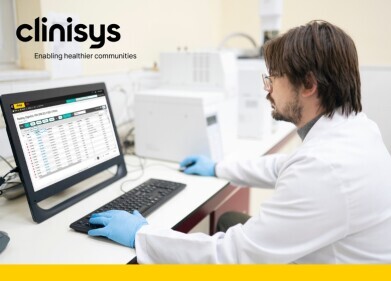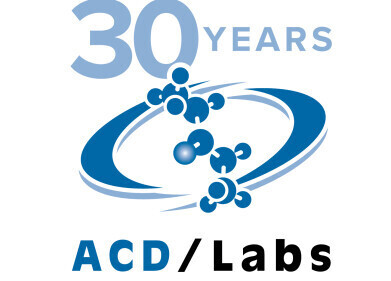LIMS
How Have LIMS Systems Changed Over Time?
Nov 29 2022
Laboratory information management systems (LIMS) ae continually evolving to meet the needs of modern facilities. Key roles include managing workflows, tracking samples, analysing data and scheduling equipment maintenance. So, how have LIMS systems changed over time? Read on to find out more about the evolution of the software-based solutions.
The first generation of LIMS
The first generation of LIMS was launched in the early 1980s and offered automated reporting tools to laboratories. While simple compared to today’s technology, first generation LIMS allowed labs to store data on a central computer. Prior to the introduction of the software, labs were forced to rely on manual ledgers. This was both time consuming and came with a high risk of human error.
Demand quickly soared as laboratories around the world started to appreciate the benefits of LIMS. The Federal Energy Technology Centre in Pittsburgh was an early pioneer of the software and hosted several LIMS conferences throughout the 1980s. By the end of the decade, second-generation LIMS systems offered labs centralised data storage solutions and automated reporting features. Software was also being designed to meet the needs of specific industries and sectors, for example healthcare and drug development.
Web-enabled LIMS
The early 1990s saw a third generation of LIMS solutions sweep the globe. This coincided with the arrival of personal computers. Software designers continued to improve LIMS functionality and integrate new features into the platforms.
Web-enabled systems were introduced in 1996. This allowed researchers to input and access data outside of the laboratory. It also represented a huge leap forward in terms of collaboration. Designers continued to incorporate web-based features into LIMS throughout the 1990s and early 2000s, including wireless networking capabilities.
2012 was a big year for LIMS and saw many platforms incorporate features like compatibility with electronic laboratory notebooks (ELN). The early 2010s also saw an increase in the popularity of the software as a service (SaaS) framework for LIMS. This made it easier for labs to trial LIMS and experience the advantages firsthand.
A new era of LIMS
Today’s LIMS systems are smarter than ever. They not only reduce human error but automate decision making and management processes. This new era of digitalisation boosts productivity and makes it easier for scientists to collaborate, innovate and solve global problems. Platforms are packed with features designed to meet the needs of modern laboratories, including artificial intelligence (AI) capabilities to analyse historical data and identify patterns. The latest LIMS software also streamlines connectivity between centralised systems and portable devices like smartphones and tablets.
Want to know more about the role of LIMS in modern laboratories? Don’t miss our complete guide, ‘What is a Laboratory Information Management System (LIMS)?’
Digital Edition
International Labmate 49.6 - Sept 2024
September 2024
Chromatography Articles - HPLC gradient validation using non-invasive flowmeters Mass Spectrometry & Spectroscopy Articles - From R&D to QC, making NMR accessible for everyone: Putting NMR...
View all digital editions
Events
Oct 30 2024 Birmingham, UK
Oct 30 2024 Manchester, UK
Nov 11 2024 Dusseldorf, Germany
Nov 12 2024 Cologne, Germany
Nov 12 2024 Tel Aviv, Israel



















